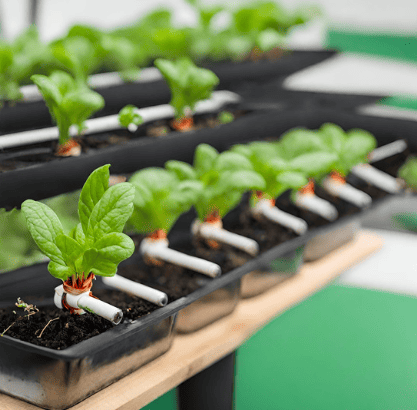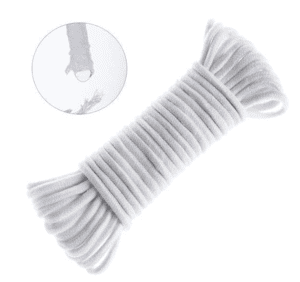According to hydroponics guru Alicia Thompson, “Hydroponic wick systems provide a simple, low-cost way to grow plants without soil.”
This passive hydro method relies on the capillary action of wicks to deliver nutrients to plant roots.
As water evaporates from the reservoir below, the wicks draw more water up to the growing medium.
The key is keeping the wicks properly saturated.
When set up correctly, wick systems give beginner and pro gardeners lush, healthy plants with little effort.
Curious to try this fuss-free technique?
Keep reading to learn how to build your own hydroponic wick system and enjoy bountiful harvests.
KEY TAKEAWAY
What is a hydroponic wick system?
A hydroponic wick system is a passive and simple hydroponic method where nutrient-rich water is transported to plant roots through capillary action using wicks.
It requires no pumps or electricity, making it an accessible and low-maintenance option for growing plants. (1)
How to Build a Foolproof Wick System in Under 1 Hour
A hydroponic wick system is one of the simplest DIY hydro setups for beginners.
The key is ensuring proper wick saturation to keep plants thriving.
First, choose an opaque container several inches deep for the reservoir, with a lid that fits.
Plastic storage totes work great.
Next, cut holes in the lid sized to snugly fit your net pots.
Slide the wicks through the holes so several inches drape inside the reservoir.
I use nylon ropes from the hardware store.
Now just add the growing medium and seedlings to the net pots, sit them atop the lid, and pour in nutrient solution to submerge the wick ends.
The wicks will draw water up due to capillary action.
Over the next weeks, check that the wicks stay wet.
If they ever feel dry, add more nutrients.
That’s all it takes!
With no air stones or pumps, a basic wick system has no moving parts to break down.
Your plants access a constant flow of water and nutrients through the wicks with no effort on your part.
For a foolproof hydroponic system, wick kits are hard to beat!
The 3 Critical Factors That Ensure Your Wick System Works Perfectly
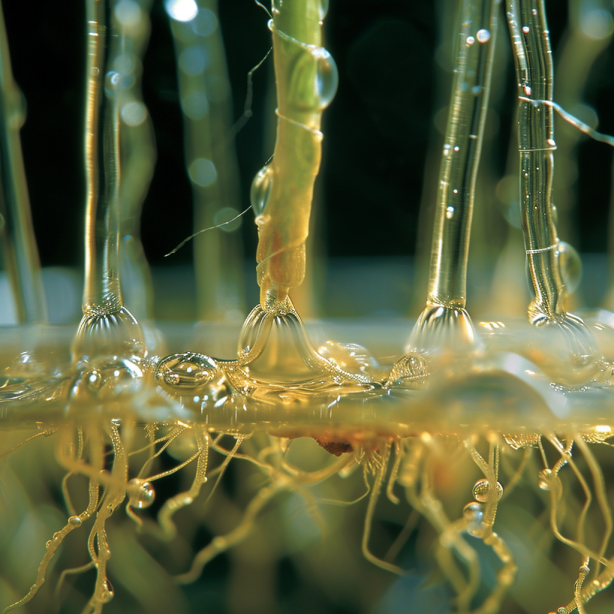
Wick systems run on capillary action, which pulls water and nutrients from the reservoir to the growing medium. (2)
But several key factors determine how well your system functions.
Dial these in, and you’ll see explosive plant growth with much less maintenance than other hydro methods.
Number one is wick material.
Thick cotton ropes or nylon cords work better than thin wicks, providing more saturation for bigger plants.
Just ensure the material touches the bottom of the reservoir.
Next is the number of wicks per net pot.
One wick works for starters, but using two or three improves redundancy if one wick fails.
Go for overkill.
Finally, choose an appropriate growing medium like perlite, vermiculite or coconut coir.
Denser mediums inhibit air flow to roots.
Aim for a loose, lightweight mix that holds some moisture while still draining well.
Tune your setup using this trifecta of tips, and your wick system will have your plants thriving on autopilot for months!
No green thumb or complex equipment required.
Forget Overwatering: How to Keep Plants Hydrated Without Effort
The beauty of wick systems is they perfectly hydrate plant roots without you lifting a finger.
No more fretting over watering schedules or coming home to wilted leaves!
Wicks draw water and nutrients from the reservoir below using capillary action.
As the grow tray dries out, the wicks automatically deliver more liquid.
Your plants get the moisture they need, when they need it.
With a properly saturated wick, air can still penetrate the grow medium.
Larger plants may benefit from adding an air stone to the nutrient reservoir to provide extra oxygen to the roots zone.
But for starters, the passive wicking action eliminates over and under-watering worries.
Wick systems are the training wheels of hydroponic gardening – set it and forget it!
If you’re looking for a simple hydro method with less maintenance than ebb and flow or deep water culture systems, wick kits are the way to go.
Which 4 Easy-Care Plants Are Guaranteed to Succeed in Your Wick Garden
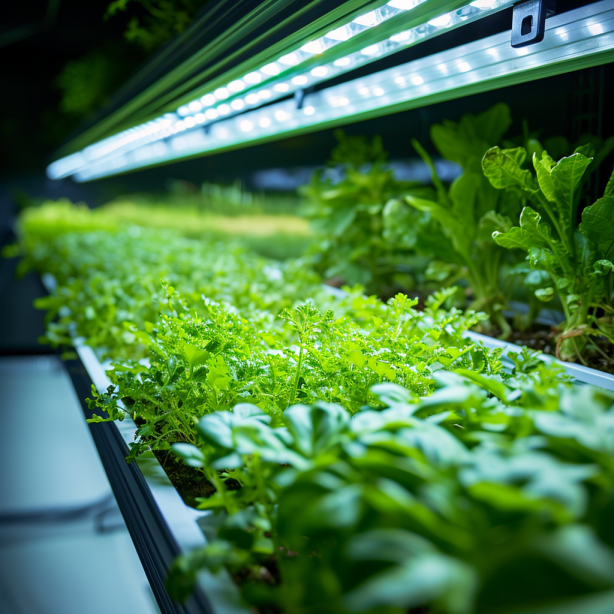
Wick systems give plants constant access to water without you having to micromanage moisture levels.
Some plants are especially well-suited to these hands-off hydroponic setups.
Herbs like basil, oregano and thyme thrive beautifully in wick systems.
Their quick growth cycles let you enjoy continual harvests all season.
Leafy greens also prosper with this steady feeding method.
Arugula, lettuces, kale and spinach will yield bountiful, rapid crops.
Strawberries produce abundantly when their shallow roots can soak up constant moisture.
As a bonus, growing them elevated in wick systems avoids soil-borne diseases.
Finally, green onions and chives will faithfully produce tasty shoots for months on end.
They just keep growing when you snip off what you need!
With less work than soil gardening, wick hydroponics let you reap bountiful harvests of herbs, greens, berries and onions.
Simply plant, then sit back and watch your garden flourish on autopilot.
Revealed: The Hidden Dangers Most Guides Won’t Tell You About
On the surface, wick systems seem foolproof.
But without knowing what can go wrong, beginners risk dead plants, nutrient imbalances, flooding and pest infestations.
Forewarned is forearmed, so here are the top mistakes to avoid for wick success.
The number one problem is letting wicks dry out.
This halts the flow of nutrients and water to plants.
Check daily that wick ends in the reservoir are submerged, replenishing solutions as needed.
Limp, yellowing leaves indicate thirsty plants.
Another common pitfall is algae growth inside the reservoir, blocking light and oxygen.
Prevent this by using an opaque tub for the reservoir, keeping it covered, and changing nutrient solution every 2 weeks.
While wick systems work well for herbs and lettuce, fruiting plants like tomatoes require more oxygen at the roots.
Consider adding air stones and pumps to actively push air into the reservoir.
Finally, the dangers of pests and pathogens are the same as any hydroponic system.
Sterilize components between uses and immediately remove any diseased plant material.
Stop Algae Growth Before It Starts With This Simple Trick
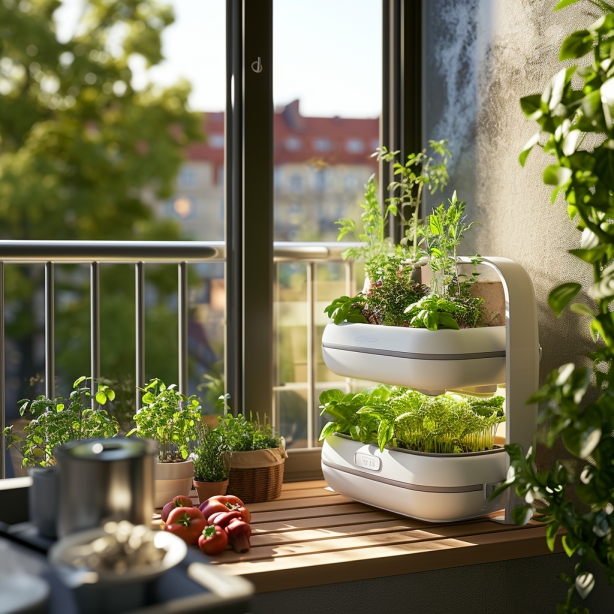
The number one frustration with home hydroponic systems is dealing with algae.
Once it takes hold, this slimy green menace is difficult to eradicate from your reservoir.
The best approach is prevention right from setup.
The simple but effective trick is to use an opaque plastic tub for your reservoir, rather than clear glass or plastic.
Opaque blocks light, which algae needs to grow.
I use a black or gray plastic storage tote with a tight-fitting lid.
Check inside weekly when you top off the nutrient solution.
At the first sign of green sheen on the reservoir walls, scrub vigorously and change the whole solution.
This deprives existing spores of food so they cannot multiply.
With this easy system, I never battle full-blown algal blooms.
A dark reservoir stops growth before it starts for clean water and happy roots all season.
Give it a try – blocking light keeps your wick system running algae-free!
How to Avoid the 3 Biggest Mistakes That Kill Seedlings
Wick systems make starting seeds easy since constant moisture prevents drying out.
But early mistakes can stunt or kill delicate sprouts.
Sidestep these common pitfalls for thriving seedlings every time.
First, use a soilless mix in seedling trays, not a dense potting soil.
Soil compacts too much for good wicking action.
I use a fluffy blend of coco coir, perlite and vermiculite custom blended for hydroponics.
This retains just enough moisture while still airy for tiny roots.
Next, keep humidity high by covering trays with plastic domes.
Remove once the first true leaves emerge.
Low humidity causes seedlings to damp off and die suddenly.
A greenhouse cover prevents this.
Finally, use weaker nutrient solutions for young plants versus mature plants.
Seedlings need less food early on.
Check the EC with EC meter for plants.
An EC under 1.0 prevents burning tender roots.
Slowly increase to full-strength fertilizer as plants establish over 2-3 weeks.
Avoid these missteps, and your seedlings will thrive right from the start in your wick system.
Gentle moisture and care transforms them into vigorous vegetables and flowers.
Extend Your Harvest With This Tip to Continuously Produce More Plants
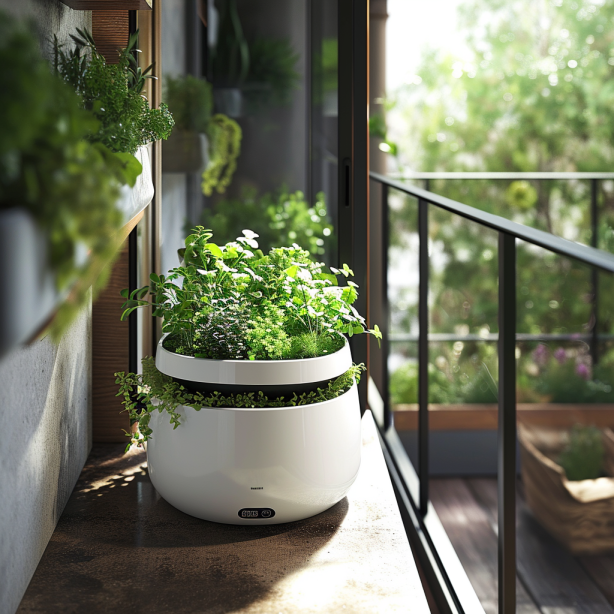
Instead of dismantling your wick system each season, use this simple trick to churn out fresh crops year-round with no downtime.
The key is succession planting.
As you harvest full-grown plants, immediately replace them with young seedlings.
This keeps your system perpetually filled instead of sitting empty after clearing mature growths.
For example, pull tomato vines after heavy summer production,
Clean the system, then replant kale, chard or lettuce for nutritious fall and winter greens.
Come spring, start frost-tender seedlings like basil and cucumbers to fill gaps.
By staggering crops, your system pumps out produce nonstop.
No waiting for the next season to plant more.
Keep sowing your favorite quick-growing varieties as you clear harvested plants.
A little planning lets you enjoy wick system bounty 12 months a year!
Frequently Asked Questions
What is a wick system hydroponics?
A wick system hydroponics, also known as a passive hydroponic system,
Relies on a wicking material that transports water and nutrients from a reservoir up into the growing media by capillary action.
No pumps or electricity are required to move water in a wick system hydroponics.
What types of growing media can be used in a wick hydroponic system?
Common growing media used in wick hydroponic systems include expanded clay pebbles,
Perlite, rockwool cubes, coconut coir and other types…
…of porous materials that allow the wicking material to make contact with the roots of the plants.
How do I build a simple hydroponics wick system?
Building a basic wick hydroponic system is affordable and low maintenance.
The main materials needed include a reservoir, a wicking material like cotton rope…
…or fibers, a growing medium like expanded clay, and some bins or pots for the plants.
Instructions for constructing a wick system can be found online or in books about build a hydroponic wick system.
What are some advantages of using a hydroponics wick system?
Wick hydroponic systems are popular for their simplicity as a form of hydroponics.
They require little effort and are inexpensive to set up compared to more complex active systems.
With no pump required, wick systems are also very low maintenance.
As long as the reservoir has solution, the wicks transport water and nutrients as needed by the roots of the plants.
What types of wicking materials can be used?
Common wicking materials used in hydroponic wick systems include cotton rope, felt, plain nylon rope, drawstring…
…from tiki torch wicks or even torn fabric strips.
The material needs to be able to wick water and nutrients up from the reservoir to the planting medium where the roots are located.
Natural fibers like cotton generally wick better than plastic or synthetic materials.
How often do I need to refill the reservoir in a wick system?
The refill frequency of the reservoir in a wick system depends on factors like the number and size of plants, weather conditions and evaporation rate.
During warmer months or with larger plants, the reservoir may need refilling every few days.
Monitor reservoir levels and refill when it gets low to avoid the wicks running dry and exposing the roots to air.
Proper aeration of the reservoir solution also helps prevent excess nutrients from building up.
What types of plants can be grown in a wick system?
Nearly any type of herb, vegetable, flower or small fruiting plant can be grown in a wick hydroponic system.
Common household plants grown this way include lettuce, tomatoes, cucumbers, peppers, strawberries, herbs and more.
Wick systems are best suited for plants with shallower root systems rather than large woody stemmed plants.
Consider your space and choose plants appropriate for the container size.
How many wicks should I use per plant?
There’s no set rule for the number of wicks per plant.
In general, use as many wicks as will comfortably fit within theParameters of the container or pot being used.
For larger tomato or pepper plants, 3-4 wicks spread out can provide good coverage of the rootball.
For a small seedling starter pod, 1-2 wicks may suffice.
Remember the goal is even distribution of moisture and nutrients throughout the growth media surrounding the roots.
Do I need an aeration system for the reservoir?
While no aeration is technically needed, it is recommended to use an air pump and air stone to oxygenate and agitate the nutrient reservoir in a wick hydroponic system.
This helps prevent excess nutrients from building up which can harm plant growth.
A small air pump equipped with air stones, hooked up to an air line running into the reservoir, provides passive aeration without much effort.
Many find this improves plant growth and health compared to a stagnant reservoir.
Conclusion
With just a few basic supplies, anyone can set up a productive wick system at home.
These passive hydroponic kits require no special tools or gardening expertise, making plant growth accessible for beginners.
As we’ve seen, the key is keeping wicks saturated to transport nutrients passively to roots.
Tune your setup with opaque reservoirs, redundant wicks, and light airy mediums.
Sidestep common mistakes like algae and seedling woes.
Do this, and your system will reward you with bountiful, continual harvests year-round with very little effort.
Ready to try your hand at home hydroponics?
Construct a simple wick kit and unlock the easy path to raising robust fruits, veggies and flowers!
Let us know how your wick garden grows in the comments below.
References
- https://www.trees.com/gardening-and-landscaping/hydroponic-wick-systems
- https://unacademy.com/content/neet-ug/study-material/biology/wick-system/#:~:text=A%20wick%20system%20refers%20to,present%20in%20containers%20or%20trays.
Related Articles
- https://tophydroponicgarden.com/wick-system/
- https://tophydroponicgarden.com/hydroponics-for-beginners/
- https://tophydroponicgarden.com/benefits-of-a-wick-system-in-hydroponics/
Was this helpful?
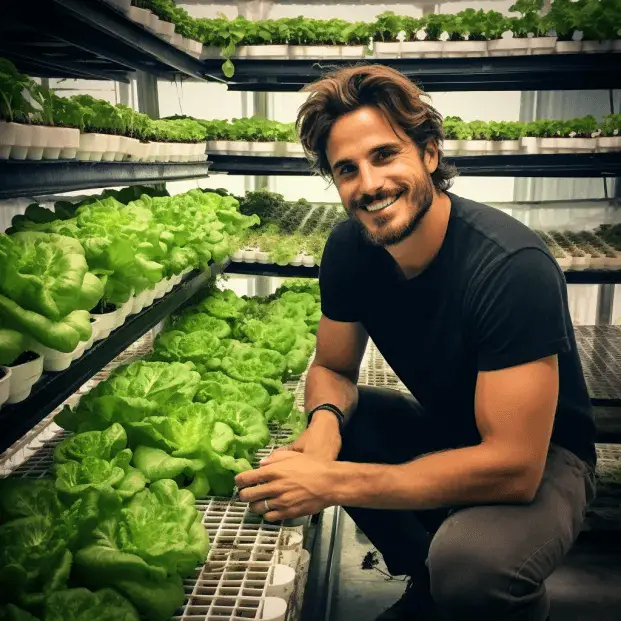
I’m Barrie L., a passionate hydroponic gardening enthusiast dedicated to cultivating thriving, soil-less gardens. With a focus on all things hydroponic, I share my expertise on innovative growing techniques and sustainable practices through my blog, tophydroponicgarden.com. As a seasoned hydroponics specialist, my goal is to inspire and guide fellow gardeners in harnessing the power of water-based cultivation for bountiful and eco-friendly harvests. I’m also an author of the book “Hydroponics For Absolute Beginners: Your Step By Step Guide For How To Create An Hydroponics System At Home Without Soil, For Growing Vegetable, Fruit And Herbs.” which is sold on Amazon. Join me on a journey of redefining the way we cultivate plants, one nutrient-rich solution at a time. Happy growing!

